Disclosure: This article contains affiliate links. We may earn a commission from purchases at no extra cost to you, which helps our travel content.
There's something profoundly moving about walking streets that have witnessed centuries of human stories. As the morning light filtered through the narrow lanes of Montreal's Vieux-Port, casting long shadows across cobblestones worn smooth by countless footsteps, I felt that familiar tingle of connection to something larger than myself. Having explored sacred sites from Norway's Arctic churches to Kerala's ancient temples, I've developed a particular sensitivity to places where history and spirituality intertwine. Montreal's historic district offers precisely this convergence—a rare North American city where European architectural heritage creates a physical timeline you can trace with your fingertips across cool stone walls and wrought iron balconies. Join me for a weekend wandering through Montreal's architectural poetry, where French colonial splendor meets contemporary Canadian vibrancy, and where—if you listen carefully between the tourist chatter—you might hear the whispers of those who walked these paths before us.
The Sacred Heart of Old Montreal
My exploration always begins where the spiritual and architectural converge, and in Montreal, that nexus is undoubtedly the Notre-Dame Basilica. Unlike its Parisian namesake, Montreal's Gothic Revival masterpiece reveals itself suddenly—tucked between commercial buildings on Place d'Armes, its twin towers rising like sentinels above the square.
Stepping through its doors on a Saturday morning, I was immediately enveloped in a celestial blue. The basilica's interior is a symphony of indigo and gold, with intricate wooden carvings that speak to the French Canadian devotion that shaped this city. Having visited countless sacred spaces across continents, I found myself particularly moved by how this basilica balances grandeur with intimacy—something I've otherwise only experienced in certain Himalayan monasteries.
During my visit, I was fortunate to witness a rehearsal for an evening concert, the organist sending reverberations through the wooden pews where I sat in contemplation. This is why I always carry my noise-cancelling earbuds when visiting such spaces—to occasionally block the tourist chatter and immerse myself fully in the acoustic properties that the architects so carefully designed.
From Notre-Dame, I wandered to the less-visited Notre-Dame-de-Bon-Secours Chapel, affectionately known as the Sailors' Church. Perched near the old port, this modest structure holds centuries of prayers from mariners seeking safe passage. The small maritime museum attached tells a compelling story of Montreal's connection to the St. Lawrence River—the lifeblood that made this inland city a thriving port of commerce and cultural exchange.
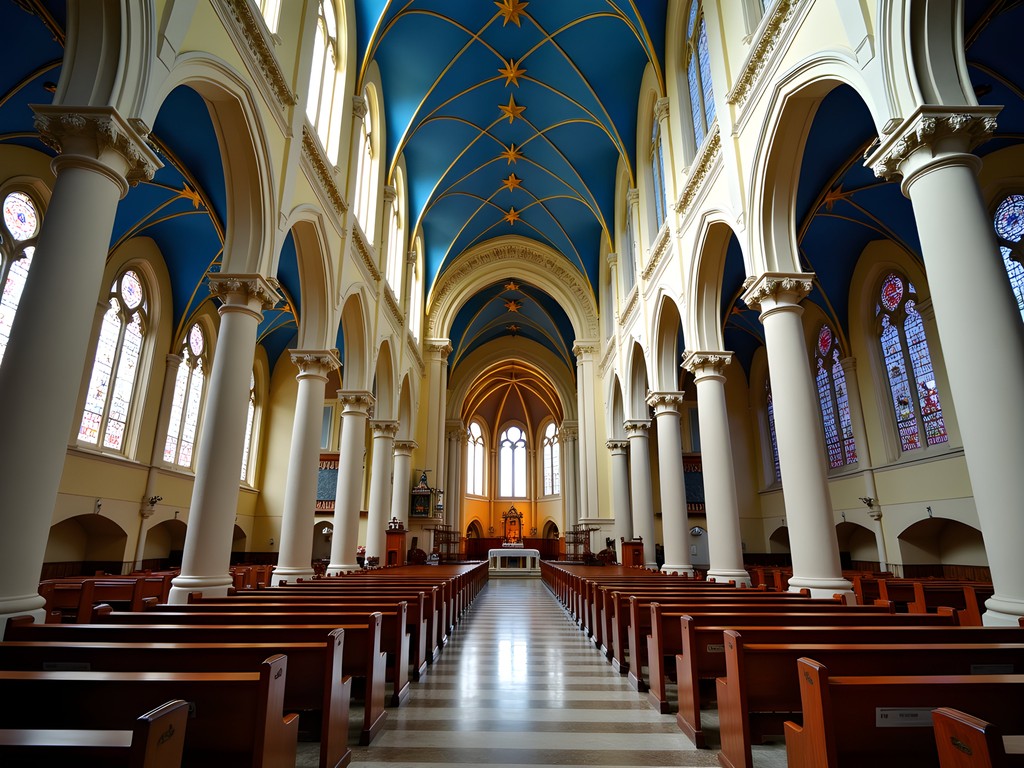
💡 Pro Tips
- Visit Notre-Dame Basilica before 9am to experience it in relative solitude
- Purchase tickets for the 'AURA' light show at the basilica for an extraordinary evening experience
- The observation deck at Notre-Dame-de-Bon-Secours offers one of the best views of the old port
Hidden Courtyards and Secret Passages
What distinguishes a mindful exploration from mere tourism is the willingness to step away from the marked paths. In Montreal's historic district, this means venturing into the network of hidden courtyards and passages that reveal themselves only to the patient observer.
My favorite discovery came on a sun-dappled afternoon as I followed a narrow alley off Rue Saint-Paul, Montreal's oldest street. The passage opened suddenly into Cours Le Royer, a series of interconnected courtyards housed within what were once 19th-century warehouses. Now converted into upscale residences and boutiques, these spaces maintain their industrial bones while flowering with container gardens and café tables.
I spent an hour simply sitting in one such courtyard, my travel journal open on my lap, watching the interplay of light and shadow across the limestone walls. As someone who grew up between the green expanses of Ireland and the vibrant chaos of Indian cities, I'm particularly drawn to these urban oases—places where history breathes quietly amid contemporary life.
Another architectural treasure lies in the network of indoor passages near Place d'Youville. Here, former industrial spaces have been reimagined with glass ceilings and modern amenities while preserving their structural integrity. I recommend visiting Maison Christian Faure, housed in a 300-year-old building that once served as the city's first public bakery. Their pastry school continues this culinary tradition, and enjoying their pain au chocolat beneath original wooden beams creates a delicious connection to Montreal's French heritage.
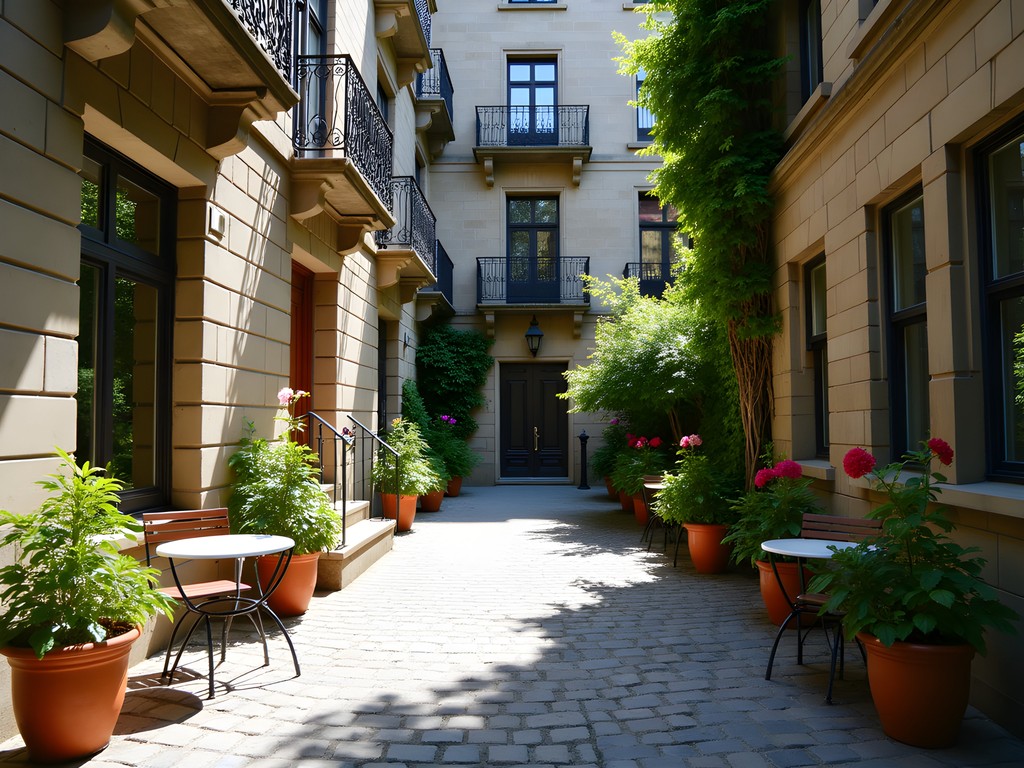
💡 Pro Tips
- Many courtyards are technically private but welcoming to respectful visitors who appreciate the architecture
- Visit Cours Le Royer in late afternoon when the sunlight creates dramatic shadows across the limestone walls
- Look for the small plaques beside doorways that reveal the original purpose of historic buildings
Where Eras Collide: Architectural Contrasts
What fascinates me most about Montreal is how the city embraces architectural dialogue between centuries. Unlike many North American cities that bulldozed their past in the name of progress, Montreal has cultivated a visual conversation between eras that speaks to its complex identity.
This is perhaps most evident at Place Jean-Paul-Riopelle, where the contemporary Palais des congrès with its multicolored glass façade stands in vibrant contrast to the grey stone buildings of the historic quarter. The juxtaposition isn't jarring but rather feels like an honest expression of Montreal's evolving story.
During my exploration, I spent a contemplative hour at the archaeological site of Pointe-à-Callière, where layers of the city's history are literally exposed beneath glass floors. Standing above the foundations of Montreal's first Catholic cemetery, watching modern visitors pass overhead, I was reminded of similar experiences at Dublin's medieval excavations—places where the membrane between past and present feels particularly thin.
I recommend taking time to visit the Bank of Montreal Museum, housed in Canada's oldest bank building. The neoclassical architecture with its imposing columns speaks to a time when financial institutions sought to project permanence and authority through their buildings—a fascinating counterpoint to today's glass-tower corporate aesthetic.
For those interested in architectural photography, the early morning light on Place Jacques-Cartier creates magical conditions. I found my travel tripod essential for capturing the warm glow on the stone facades without camera shake, particularly when shooting the Nelson Column against the backdrop of Montreal's City Hall.
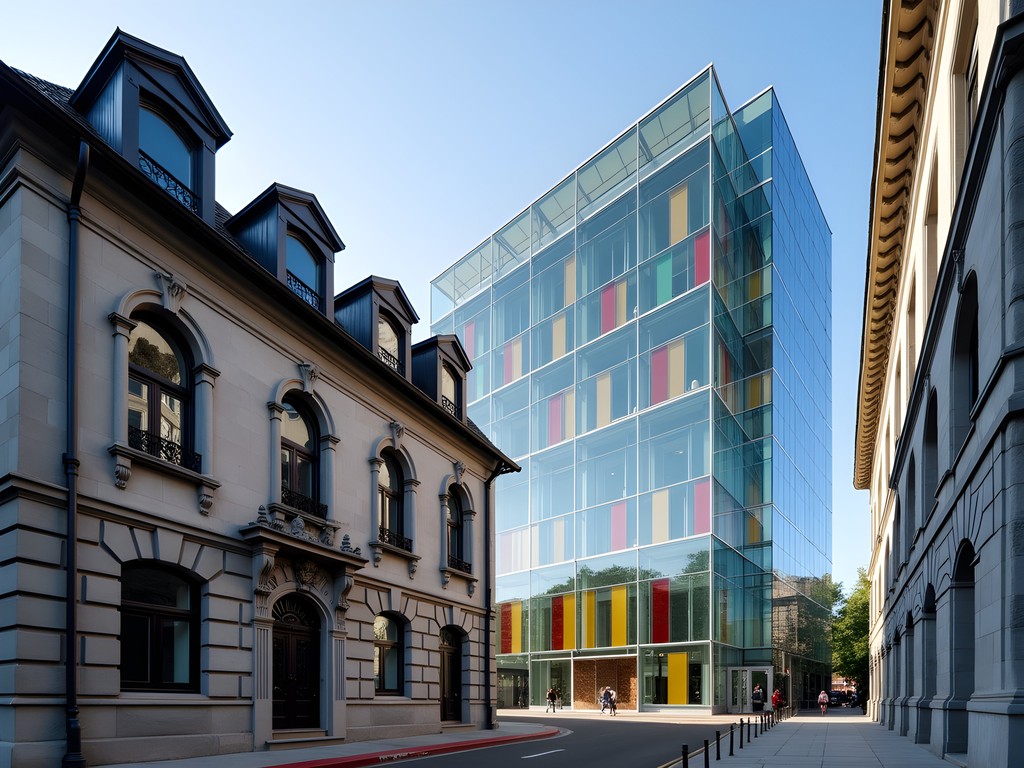
💡 Pro Tips
- Visit the Palais des congrès at sunset when light transforms its colored glass panels into a spectacular display
- The rooftop terrace at Hotel William Gray offers one of the best architectural panoramas of the historic district
- Pick up an architectural guide map from the tourist office—they highlight buildings by era with excellent historical context
The River's Edge: Old Port Reflections
No exploration of Montreal's historic district would be complete without time spent along the waterfront that gave birth to the city. The Old Port stretches for over two kilometers along the St. Lawrence River, its industrial past transformed into a contemplative public space that honors Montreal's maritime heritage.
I began my waterfront journey at the western end near Silo No. 5, a massive grain elevator complex that stands as a monument to Montreal's industrial heyday. These concrete giants have been preserved rather than demolished—a decision that speaks to Montreal's understanding that even utilitarian structures contribute to a city's authentic character. As someone who's witnessed the erasure of industrial heritage in many cities worldwide, I find this preservation approach deeply meaningful.
Walking eastward along the promenade, I paused frequently to observe how Montrealers themselves use this space: elderly couples strolling arm-in-arm, young families picnicking on the grassy areas, and artists capturing the harbor views. Near the Science Centre, I discovered the Meditation Garden, a small but thoughtfully designed space that offers respite from the more touristic sections of the waterfront.
At the Clock Tower Quay, I climbed the 192 steps of the tower itself—a memorial to Canadian sailors lost in World War I. From this vantage point, the relationship between the river and the city becomes clear: how the natural contours of the island shaped urban development, how the water brought prosperity and connection to a place that might otherwise have remained isolated.
As dusk approached, I found a quiet bench facing the water and pulled out my insulated water bottle filled with tea. Watching the play of fading light on the river while small boats returned to harbor, I reflected on how waterways have shaped human settlement patterns across continents and centuries—a common thread I've observed from Kerala's backwaters to Norway's fjords.

💡 Pro Tips
- The Clock Tower Beach (a man-made urban beach) offers a unique perspective of the Old Port during summer months
- Visit the waterfront at dawn when mist often rises from the St. Lawrence, creating an ethereal atmosphere
- Look for the small historical markers along the promenade that explain the original functions of various port facilities
Culinary Heritage: Tasting Montreal's History
Architecture isn't the only way to connect with a city's past—culinary traditions often preserve cultural heritage when buildings have long since disappeared. Montreal's historic district offers numerous opportunities to literally taste the city's multicultural evolution.
I began my culinary exploration with breakfast at Olive et Gourmando, housed in a beautifully preserved building on Rue Saint-Paul. Their artisanal approach to baking connects directly to Montreal's French roots, with techniques passed down through generations. The exposed stone walls and wooden beams of the café speak to the building's history as a merchant's residence, creating a dining experience that nourishes both body and historical curiosity.
For a deeper dive into Quebec's culinary heritage, I visited Marché Bonsecours, the domed neoclassical building that served as Montreal's main public market for over a century. Though now housing boutiques rather than food stalls, the architectural grandeur speaks to the importance of public markets in 19th-century urban life. Nearby, at Les Filles du Roy restaurant, I experienced traditional Québécois cuisine in a building dating to 1725—one of the oldest structures in the city. Their tourtière (meat pie) and maple-infused dishes connect diners to the culinary ingenuity of early settlers adapting European recipes to New World ingredients.
What struck me most was how Montreal's food scene embraces historical continuity while allowing for evolution. At Modavie on Rue Saint-Paul, I enjoyed modern interpretations of classic French dishes while a jazz quartet played in a room where merchants once stored furs bound for European markets. The stone walls have absorbed centuries of conversations—now they resonate with music that represents another layer of Montreal's cultural heritage.
For those seeking to bring home a taste of Montreal's culinary history, I recommend stopping at La Diperie for maple products sourced from Quebec's forests—a sweet tradition that predates European settlement and connects to Indigenous knowledge of the land.
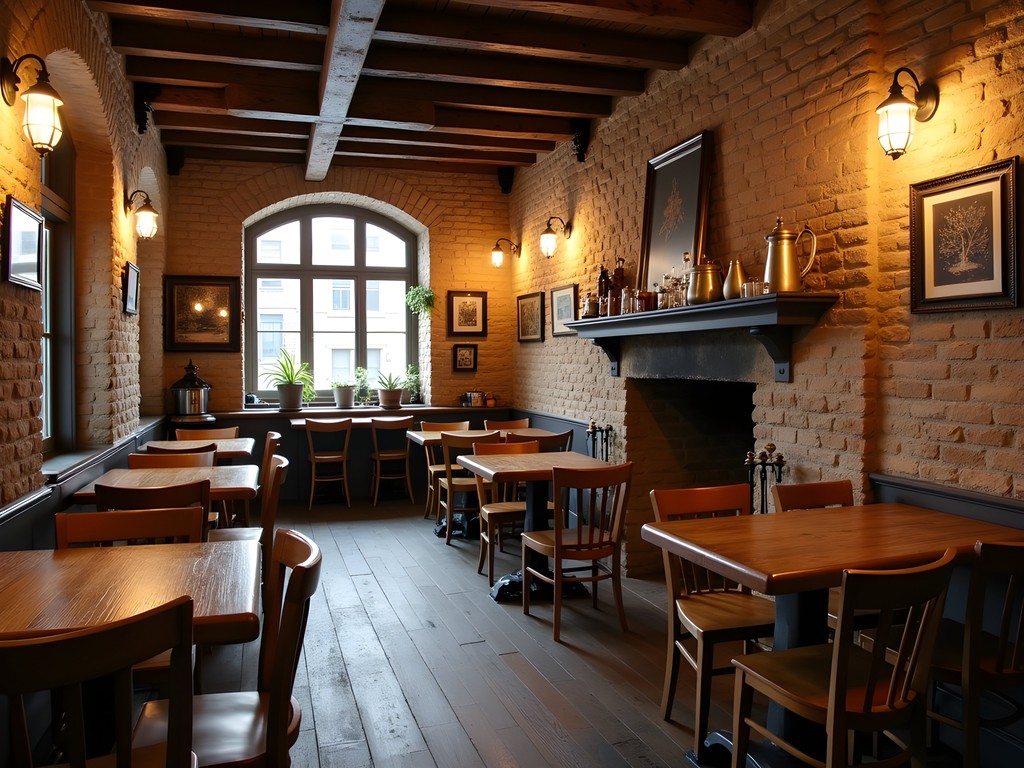
💡 Pro Tips
- Make reservations for historic restaurants in advance, especially for weekend evenings
- Look for menu items labeled 'heritage' or 'traditional' for authentic Quebec culinary experiences
- Many historic district restaurants offer prix fixe lunch menus that are better value than dinner service
Final Thoughts
As my weekend in Montreal's historic district drew to a close, I found myself sitting on the steps of Place d'Armes, watching the evening light transform the façade of Notre-Dame Basilica. A street musician played something melancholic on a violin, the notes hanging in the air between centuries-old buildings. In that moment, Montreal revealed its true gift—not just preserved architecture, but preserved spirit. This city understands that buildings are vessels for human stories, not merely structures of stone and wood. Whether you're drawn by religious heritage, architectural beauty, or simply the romance of walking cobblestone streets, Montreal offers a rare North American opportunity to feel the continuity of human experience across centuries. As you plan your own journey through this remarkable historic district, remember that the greatest discoveries often lie in the unscheduled moments—a spontaneous turn down an unmarked alley, a conversation with a local shopkeeper, or a quiet moment of reflection beside the river that made this city possible. Montreal doesn't just preserve its past; it invites you into dialogue with it.
✨ Key Takeaways
- Montreal's historic district rewards slow exploration—plan fewer sites per day than you might in other cities
- The early morning and evening hours offer the most atmospheric experiences of the historic architecture
- The city's preservation approach balances authentic conservation with contemporary functionality
📋 Practical Information
Best Time to Visit
Late May through September
Budget Estimate
$150-250 per day including mid-range accommodation
Recommended Duration
2-3 days for the historic district alone
Difficulty Level
Easy
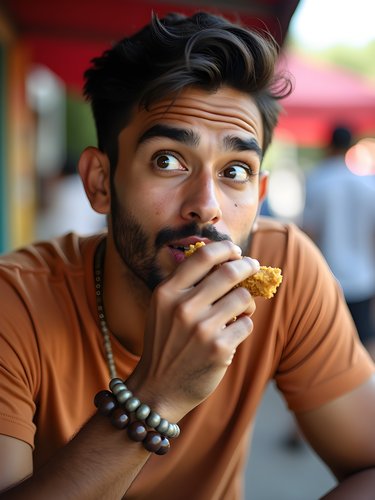
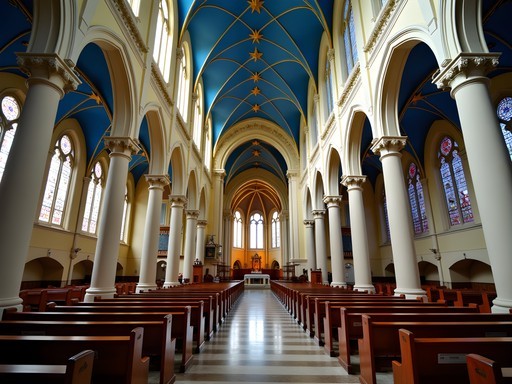






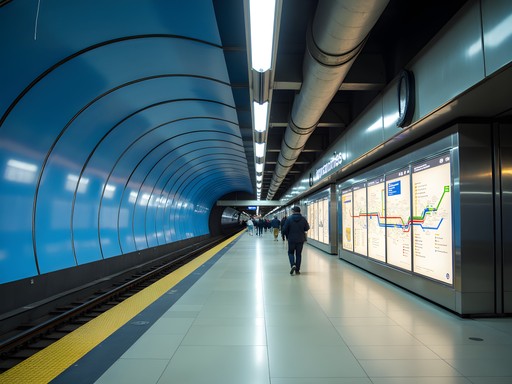
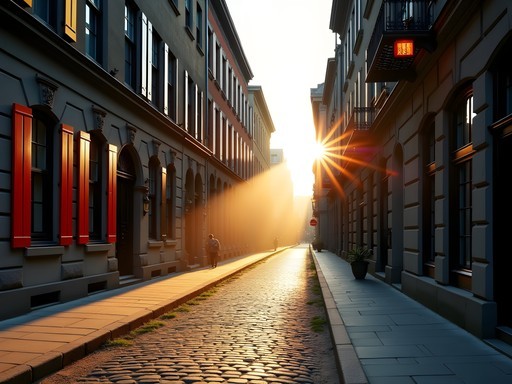
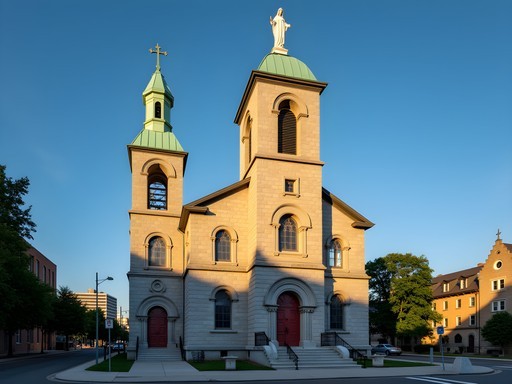





Comments
Marco Flores
What a beautiful capture of Montreal's soul! I visited during winter last year, and the experience was completely different but equally magical. The snow-covered cobblestones created this fairytale atmosphere, especially in the areas you mentioned around Notre-Dame Basilica. One tip for anyone visiting - take time to explore the small art galleries tucked away in those hidden courtyards. Many local artists showcase their work interpreting the city's architectural heritage, and it adds another layer to understanding Montreal's cultural identity. Your section on 'Where Eras Collide' perfectly captures what makes this city so photographically compelling!
sunnyway
Winter in Montreal sounds incredible! Were the passages still accessible with snow? I'm thinking about a December trip this year.
Marco Flores
Absolutely! They keep the main historic district very well maintained in winter. Just bring good boots - those cobblestones get slippery! The underground city becomes even more appealing in winter too.
globemood
Your photos of Place d'Armes at sunset are stunning! Adding this to my bucket list.
nomadblogger
Those architectural contrasts you described are exactly what I love about Montreal! Great post!
backpackbuddy
Heading to Montreal next month and definitely want to explore these hidden passages you mentioned. Any specific ones that shouldn't be missed? Also wondering if you used any particular map or guide to find these spots or just wandered? I love getting lost in historic districts but also don't want to miss the real gems!
Amit Sullivan
The passages around Place Jacques-Cartier are my favorites! I actually used the Montreal Pocket Guide which has a great walking tour map, but honestly, just wandering led to the best discoveries. Don't miss the courtyard behind Château Ramezay!
backpackbuddy
Thanks so much! Adding these to my list. Can't wait to explore!
sunnyway
This brought back so many memories! I spent a weekend in Old Montreal last spring and completely fell in love with those hidden courtyards you mentioned. That contrast between the old stone buildings and modern glass structures is what makes Montreal so unique. Did you get a chance to visit Café Olimpico while you were exploring? Their espresso fueled my architectural adventures through the city!
Marco Flores
Café Olimpico is a gem! I always make it my first stop when I visit Montreal. Their coffee is the perfect companion for those early morning walks through the historic district when the light hits the buildings just right.
sunnyway
Exactly! Nothing beats that morning light on those old stone facades. Makes for incredible photos too!
journeyhero
OMG I just got back from Montreal and wish I'd seen this sooner!! The historic district was INCREDIBLE but I totally missed those secret passages you mentioned. Guess I need to plan another trip! The Notre-Dame Basilica light show was mind-blowing though. Did anyone else catch that?
starace
Yeah, AURA show is worth every penny. Did you try any of the cafes in Old Montreal?
journeyhero
We loved Crew Collective & Cafe - it's in an old bank building with the most gorgeous ceiling! Perfect spot to rest after all that walking.
starace
Those hidden courtyards look amazing! Saving this for my trip in spring.
Jean Wells
Your post beautifully captures the architectural palimpsest that is Montreal. I visited last autumn and was struck by the juxtaposition of French colonial elements with British influences, particularly around Place d'Armes. What I found most fascinating was how the contemporary buildings integrate with historical structures - the way Banque de Montréal's neoclassical façade contrasts with modern glass towers nearby creates a visual dialogue across centuries. I spent three hours in Notre-Dame Basilica studying the woodwork alone. For those planning visits, I recommend the pocket guide which provides excellent context for the various building styles and their historical significance.
bluebackpacker
Great post! I'm heading to Montreal next month. Did you find any particularly good spots for photography in the historic district? I'm especially interested in those hidden courtyards you mentioned.
Amit Sullivan
Thanks! For photography, don't miss the courtyard behind Château Ramezay and the little passage off Rue Saint-Paul near Place Jacques-Cartier. Early morning light there is magical!
bluebackpacker
Perfect, adding those to my list! Did you need any special permissions to photograph in the churches?
Amit Sullivan
Notre-Dame Basilica allows non-flash photography with regular admission. Some of the smaller churches vary - just ask when you enter!
maple_wanderer
Just got back from Montreal and followed some of your suggestions! The lighting at Place d'Armes at sunset was magical, just like you described. We also stumbled upon a small jazz trio playing near the waterfront which made the experience even more special. One thing I'd add - if you're into history, take one of the guided ghost tours through the old district at night. Our guide was incredible and shared stories you'd never find in guidebooks!
adventuremate
Ooh, ghost tour sounds amazing! Which company did you use?
maple_wanderer
We went with Haunted Montreal - our guide was François and he was fantastic! Totally worth the $25.
Venture X
Premium card with 2X miles, $300 travel credit, Priority Pass